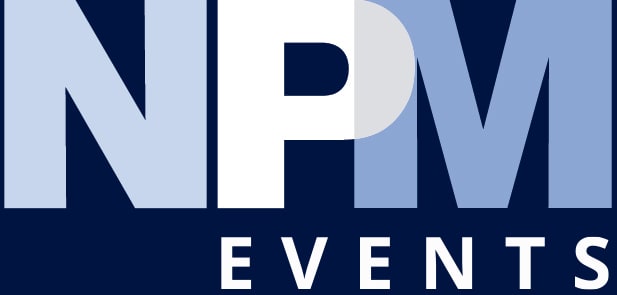The Big Picture Panel Synopsis

The first panel was called “The Big Picture” and featured Mark Domine, managing director and head of origination for Fundamental Renewables, Manish Nayar, founder and managing partner for Oya Solar, Kim Leinwand Erle, managing director for strategy, impact and investor relations at NY Green Bank, Zaid Ashai, chairman and CEO of Nexamp and Chris King, managing director at Reactivate.
Moderated by NPM reporter Andrew Burnes, the topics centered around the progress of states growth in community solar, the impact on consolidation in the market and the challenges that lay ahead in growing the community solar market.
Erle highlighted NY Green Bank’s efforts mitigate some of the interconnection issues which include financing gaps and where developers have had scarce equity capital for interconnection deposits. To tackle this barrier, NY Green Bank offered interconnection loans where other private finance did not due to a “lack of understanding in the conventional finance sector.”
“We’ve been lending against those utility deposits and done a lot of interconnection lending in New York,” she said. “We can’t do anything about the length of time in the queue but can help our counterparties free up the scarce equity capital that could be better used elsewhere.”
However, Ashai disagreed with that approach and called it a “band-aid” to a serious problem. He explained that his concern is that loaning against interconnection creates more soft cost, and that the industry has to be effective in driving costs down and being competitive with other forms of energy currently going online, such as offshore wind and utility scale solar.
“If we aren’t a value proposition to the grid, our industry will not continue to grow,” he said. “My concern is financing these extended periods just drives cost higher.”
Nayar pointed to a need to reduce soft costs and work with utilities to speed up the actual interconnection process. He suggested more collaboration between developers and utilities, including seeing how developers can leverage skillsets to speed up the interconnection process.
When asked about saturation of the market, Nayar said regional and national players are keeping an eye on it as markets open up. But more than anything, the worry is around the quality of development and scaling the industry as a whole.
“I think what we worry about is not so much saturation of the market, but how that market gets to the point where incentives are being released by the state, whatever that metric might be to take a market from the point where legislation is passed to where panels are going in the ground and customers are getting their bill credit savings,” he said.
When asked about the future of community solar for 2022 and 2023, Domine said he sees continued development opportunities in Illinois and other established markets like those in Maryland and Maine.
“Obviously, New Jersey is starting to come to life,” he said, adding that there are also expectations for Pennsylvania and New Mexico to follow suite and pointed to the net metering and rooftop battle in California. “It’ll be interesting to see how that market evolves and if it becomes a community solar opportunity out there.”
In general, Domine sees good news for established programs being reinvigorated through legislation.
For King, he said Reactivate is hyper-focused on community solar markets enabling LMI. This means markets with positive, concrete LMI elements such as New York, Delaware, Illinois, Maryland, and New Jersey.
Join us for our upcoming flagship conference The U.S Development & Finance Forum 2022 on April 5th-6th in the JW Marriott Houston Downtown

